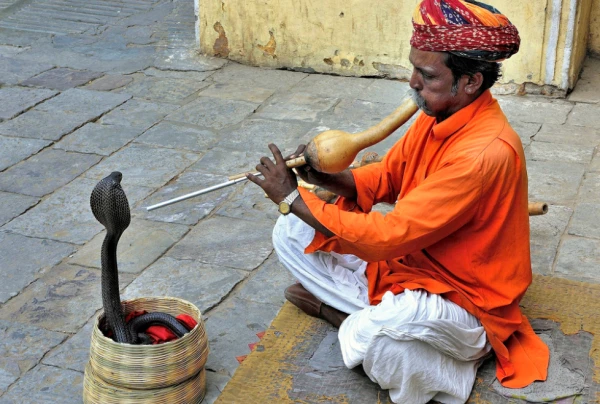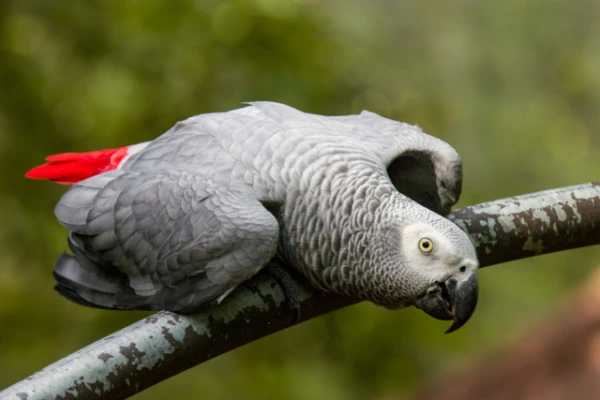
These people form a lifelong bond with dangerous animals from childhood.
The snake charmer is an ancient profession that has found its place in the modern world. What do African snake charmers look like, what is the difference between charmers from the Maghreb and those from sub-Saharan Africa, and what do modern scholars say about them?
The profession of snake trainer is so old that they likely performed shows more than 2,500 years ago — back in the Neo-Assyrian period. The charmers referred to in historical essays originated from Egypt and were popular among the rulers of the Middle East.
It is also known how the profession migrated to Morocco when the Andalusian Sufi al-Hadi Muhammad ibn 'Isa founded the religious order Aissawa 500 years ago. The Aissawa practiced healing and preserved knowledge of local flora and fauna. They used snake venom in traditional medicine and sold it at fairs across the country, which sparked the use of snakes in spectacles to attract attention. Thus, the profession spread throughout North Africa.
Sub-Saharan Africa also has long and strong traditions — some claim they date back more than 2,000 years. An interesting case occurred in 1887 when a poster featuring the famous Samoan snake charmer Maladamatyoute reached West Africa. The poster made a dramatic and almost instantaneous impression: "This is Mami Wata, Mother Water," Africans must have whispered in fascination at the time. Mami Wata is a water spirit, both protective and dangerous, charming and seductive at the same time, extremely popular in many parts of the continent. By 1901, the image of the snake charmer had already begun to be firmly associated in West Africa with Mami Wata alongside the mermaid. The interest of Africans in snake charming coincided with another boom in the profession in India.
Modernity
Today, the profession generates serious disputes among environmental advocates. In 2016, a comprehensive study of Moroccan Aissawa charmers was conducted. Firstly, concerns were raised about the charmers' handling of snakes for performances: improper care, removal of fangs, and the high cost of treatment lead to high mortality rates among reptiles. Secondly, there are reasons to believe that the activities of charmers threaten biodiversity in the region. According to scientists, Moroccan charmers use about 3,500 snakes annually in performances, taking from the wild those whose size and strength would contribute to survival.
The observed decline in the number of the very species used by the Aissawa, according to scientists, indicates a loss of the traditional significance of snake charming and points to a trend toward the commercialization of this activity. The example of India, where snake charming has been banned, shows that such a ban would have contradictory consequences for both culture and a part of Moroccans.
In sub-Saharan Africa, a different situation is developing, although debates about the ethics of snake charming are ongoing there as well. For example, in northern Nigeria, in addition to charmers, there are also "animal whisperers." Here is how an eyewitness describes them, showing a photograph of a boy holding a huge cobra:
"He was just born into a special family of animal whisperers. Unlike charmers, who subjugate, exploit, and modify animals for tricks and performances, the guys here in Gabassawa, Kano State, form a lifelong bond with their animals from childhood. They protect each other and build relationships to the extent that they speak, and the animals understand."

There are examples where snake charmers contribute to societal development without disrupting harmony with nature. For instance, in Kenya, a man established an entire park for reptiles, providing several jobs.
And again about Nigeria. Every year, 10,000 people in the country die from snake bites, so in 2017, after the death of a student, the administration of one university decided to turn to charmers to prevent new incidents. Such measures could reduce the enormous burden on hospitals, creating a symbiosis of tradition and modernity.















Leave a comment